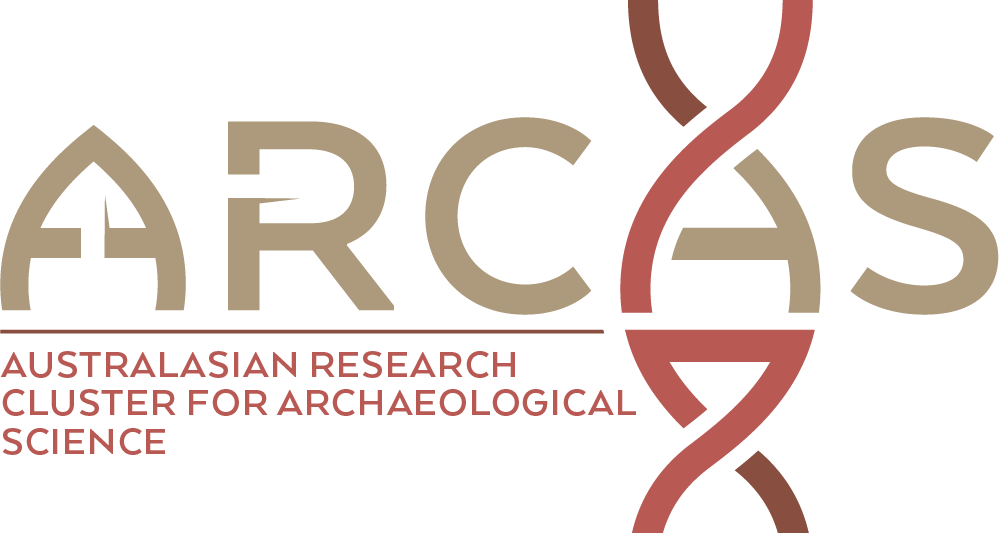Moving metals III: Possible origins for copper in Bronze Age Denmark based on lead isotopes and geochemistry
Publication date: August 2018Source:Journal of Archaeological Science, Volume 96 Author(s): L. Melheim, L. Grandin, P.-O. Persson, K. Billström, Z. Stos-Gale, J. Ling, A. Williams, I. Angelini, C. Canovaro, E. Hjärthner-Holdar, K. KristiansenThis article presents the results of a comprehensive provenance study based on a combined geochemical-isotopic and archaeological approach, comprising 98 analyses of 97 copper-alloy objects from the Danish Bronze Age. When it comes to the question of the origin of the metal, our interpretations diverge somewhat from earlier established theories about the origin of copper imported to Denmark, which mainly pointed to Central and Eastern Europe. Clear geochronological patterns in the Danish dataset are interpreted as being due to shifts in ore sources; reflecting varying areas of origin as well as the utilization of varying ore types. This again relates to shifting trade networks/suppliers and shifting technological trends. Plausible sources for Danish copper-alloys identified in the current study are ore regions in the British Isles, Alpine ore districts in Italy and Austria, as well as ore regions in the western part of the Mediterranean and to some degree the Slovak Carpathians. The comparison includes hundreds of recently published lead isotope data for ores in Slovakia, the Iberian Peninsula and the Italian and Austrian Alps.
